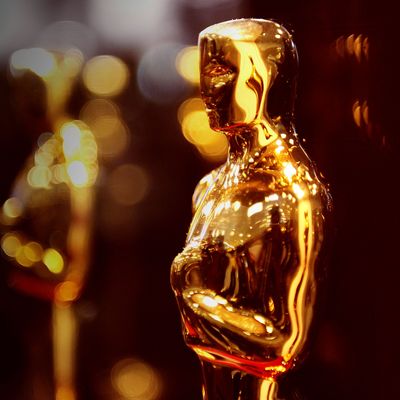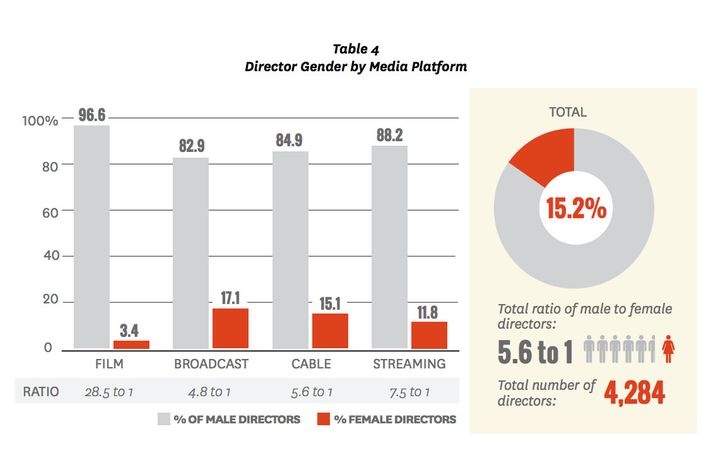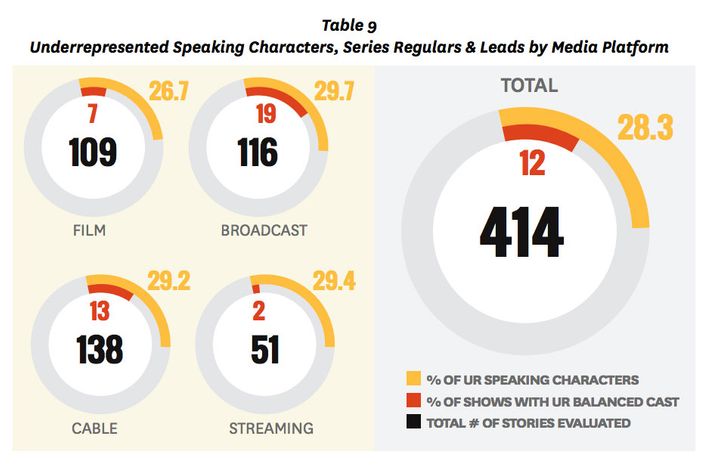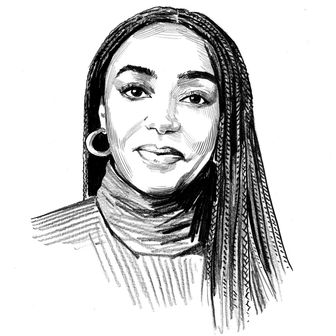
Only 14 men and women of color have won Oscars over the last 88 years, so it’s no wonder the #OscarsSoWhite hashtag has become a phenomenon. “The hashtag came about very organically,” explains April Reign, who started it. “I was sitting in my room watching the nominations and was just so disappointed with the lack of representation of people of color and marginalized communities in the major categories. So the very first tweet was ‘Oscars so white they ask to touch my hair.’ And it just sort of took off from there.”
By day, Reign works as the managing editor of BroadwayBlack.com and the editor-at-large of NU Tribe magazine, so she’s all too familiar with the way actors of color are underrepresented on stage and screen. But she also notes that #OscarsSoWhite isn’t just about Hollywood’s tendency to overlook nonwhite talent: “Sir Ian McKellen said recently that there hadn’t been any [openly] gay men who have won Oscars in the major acting categories, and yet there have been straight men who have won Oscars for playing gay men. Similarly, a movie like Tangerine that was about two trans women was overlooked by the Academy, and yet Eddie Redmayne received a nomination for playing a trans woman in The Danish Girl. It’s not just a race issue. It’s also a sexual-orientation issue and a gender issue, and an issue for the differently abled as well.”

In a recent study, Stacy L. Smith, Marc Choueiti, and Dr. Katherine Pieper at the University of Southern California Annenberg School for Journalism and Communication examined 109 current movies and 305 television series for their portrayals of ethnicities, race, and gender bias. They determined — surprise! — that “the film industry still functions as a straight, white boy’s club.” The total ratio of male-to-female directors is 5.6 to 1, and about 71.1 percent of writers from this past year’s major film and television shows were male. Not only that, but only 22 percent of stories on broadcast networks and in film exhibited any kind of racial or ethnic balance.

April believes the hashtag has brought about some change, with the Academy announcing plans to create a checks-and-balances system to make sure inclusiveness becomes a priority. When I asked her what moviegoers could do, she said, “Everyone should broaden their horizons and see a movie that may make them uncomfortable or that doesn’t show someone that looks like them onscreen. That could be anything. That could be Tangerine or Creed or Beasts of No Nation or any one of the myriad of films that are available that provide different perspectives.” Clearly, there’s no better time for both the Academy and moviegoers to pressure Hollywood for films that reflect the diversity, beauty, and nuance of all people.


